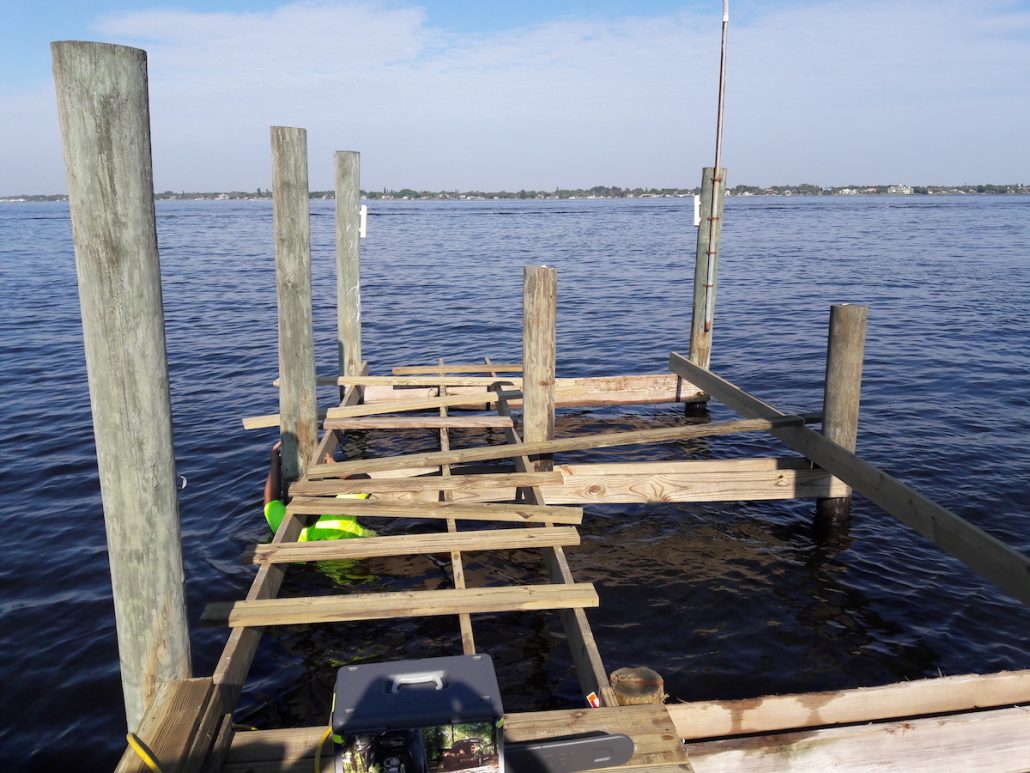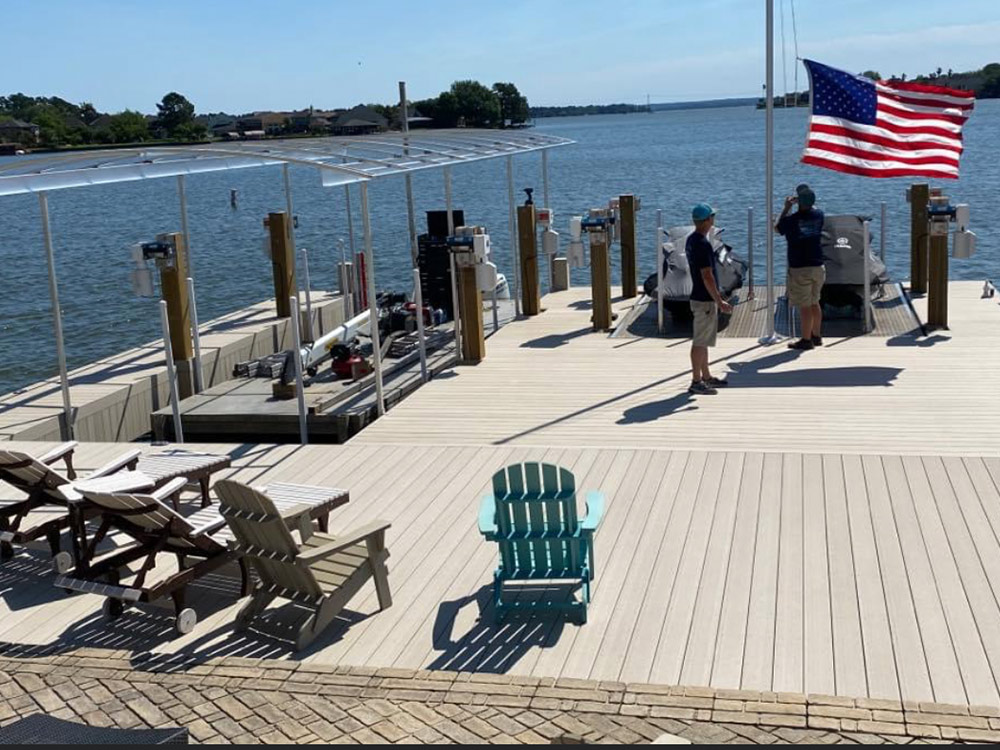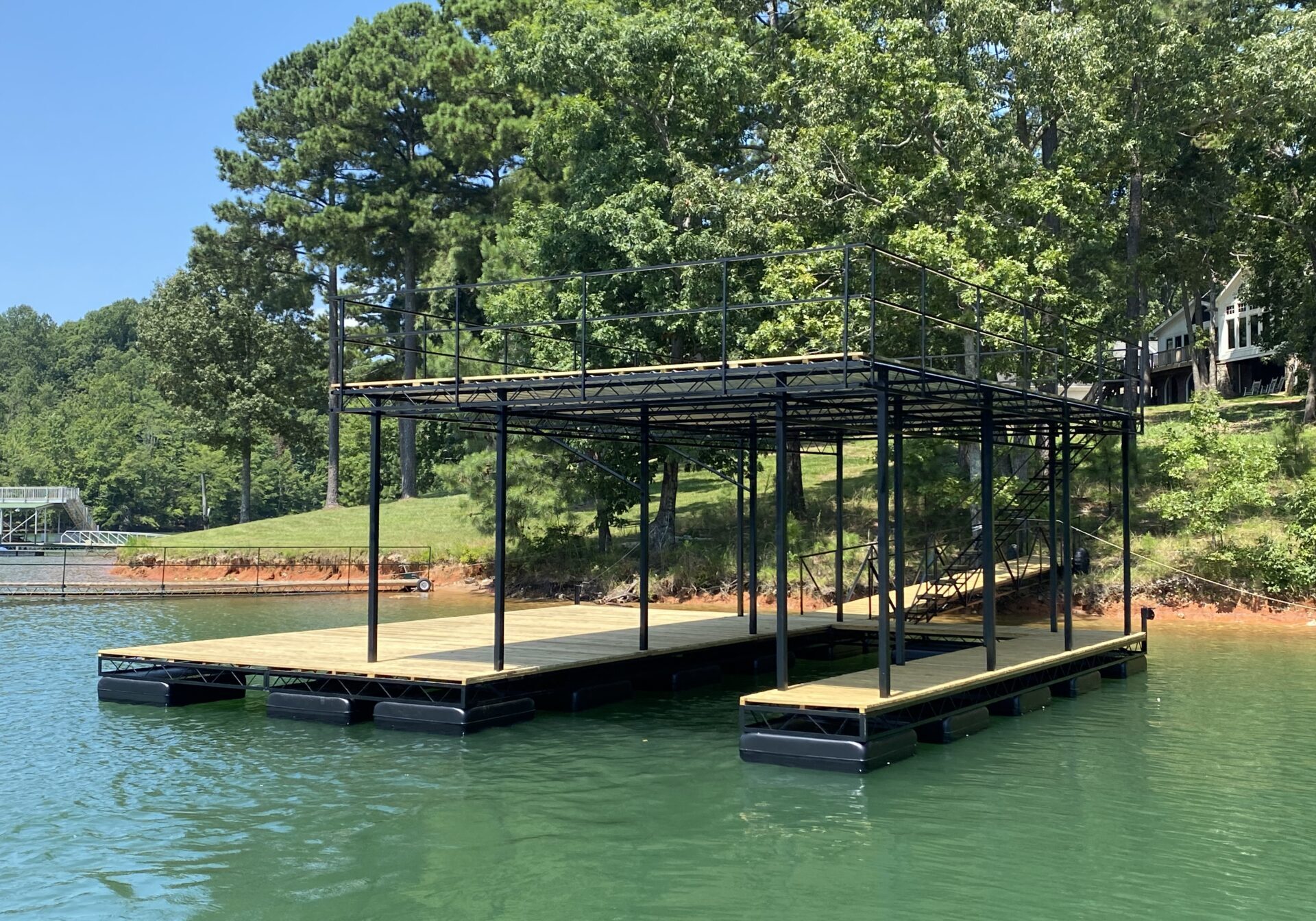Why Normal Upkeep Can Lower Future Dock Repairs
Why Normal Upkeep Can Lower Future Dock Repairs
Blog Article
Efficient Dock Repair Work Techniques: Making Sure Architectural Stability
Making sure the structural stability of anchors via reliable fixing methods is extremely important for the longevity and security of marine facilities. Consequently, choosing the ideal fixing materials, such as corrosion-resistant alloys and composite materials, is critical for toughness.
Examining Dock Damages
Assessing dock damages is an important initial step in making sure the structural honesty and security of any type of docking facility. This preliminary evaluation entails a thorough evaluation to determine both covert and noticeable damages. Secret facets to check out consist of the dock's structure, pilings, outdoor decking, and equipment. Each component should be scrutinized for signs of wear, rot, rust, or other forms of destruction that can compromise the structural integrity.
Structural engineers or certified inspectors typically execute these assessments utilizing specialized techniques and tools. Underwater assessments could utilize finder equipment or from another location ran lorries (ROVs) to find immersed damages. Above water, visual examinations are matched by using dampness meters and other diagnostic tools to reveal underlying concerns not promptly visible to the nude eye.

Picking Repair Service Materials
Selecting the suitable repair work materials is an essential action in the dock restoration procedure, one that straight influences the long life and efficiency of the repaired framework. Product selection need to be driven by factors such as environmental conditions, load-bearing requirements, and compatibility with existing dock parts. For example, wood is a typical selection for docks because of its all-natural durability and visual appeal. Picking the right kind of timber, such as pressure-treated lumber or naturally rot-resistant species like cedar or teak wood, is vital to endure water settings.
Along with wood, composite products are progressively preferred because of their durability and low upkeep requirements. Compounds, generally made from a mix of plastic and wood fibers, provide outstanding resistance to rot, insects, and UV damages. For steel docks, choosing corrosion-resistant alloys such as galvanized steel or marine-grade light weight aluminum is vital to prevent rust and ensure structural honesty in saline water conditions.
Epoxy resins and marine-grade sealers are essential for repairing cracks and securing joints, supplying a water resistant obstacle and enhancing the dock's total toughness. By thoroughly picking premium materials, dock repair work can achieve resilient results, thus guarding versus future degradation and making sure safe, reliable usage.
Architectural Support Techniques
Effective architectural support techniques are important in making sure the stability and durability of dock repairs. This technique is particularly reliable for anchors subjected to hefty tons or severe ecological conditions.
An additional crucial technique is the application of fiber-reinforced polymers (FRP) These products offer high strength-to-weight ratios and outstanding resistance to corrosion, making them excellent for enhancing concrete or wooden anchors. FRP can be used in sheets or strips and adhered with epoxy resins to improve structural integrity.
Supporting and anchoring systems additionally play a critical function in structural support. Cross-bracing, utilizing steel or wooden beams, can combat lateral pressures, minimizing swaying and activity. Anchoring systems, such as helical piers or driven piles, give a steady structure by transferring loads to much deeper, much more secure soil layers.
Last but not least, the combination of load-distribution plates can aid disperse weight a lot more evenly throughout the dock's surface area, resource mitigating localized anxiety factors. These methods jointly make sure that docks remain safe and robust, efficient in holding up against the roughness of their operational setting.
Advanced Fixing Techniques

One more innovative strategy includes underwater welding, which permits repairs to be conducted without the need to dewater the area. This method is particularly beneficial for dealing with architectural problems in immersed dock elements, guaranteeing marginal disruption to procedures. Enhanced welding strategies, combined with robot systems, supply precision and integrity, consequently extending the life-span of the dock.
Furthermore, cathodic protection systems are implemented to avoid deterioration in metallic dock structures. By utilizing sacrificial anodes or pleased existing systems, these techniques successfully minimize the electrochemical procedures that lead to product deterioration.
Finally, advanced tracking technologies, such as structural health and wellness tracking (SHM) systems, offer find this real-time information on the problem of dock structures. These systems enable aggressive maintenance and timely interventions, eventually making certain the long-term architectural honesty of the dock.
Upkeep and Prevention
Maintenance and prevention are fundamental concepts that underpin the longevity and security of dock frameworks. Regular assessments are extremely important, enabling early discovery of wear and tear, prospective weak points, and ecological impacts. An aggressive approach, involving regular look for corrosion, rot, and architectural changes, reduces costly repair services and lengthens the dock's functional life.
Preventive measures must include using protective coverings to steel components to protect against corrosion and utilizing treated timber to resist degeneration. In addition, making certain correct drain and air flow can avoid water buildup, which is a common source of architectural degradation. Including top quality products and adhering to supplier standards during building and fixing stages likewise play crucial functions in improving toughness.

Educating personnel in dock maintenance ideal practices ensures regular application of precautionary actions. Leveraging technical advancements, such as drones for evaluations and sensing units for real-time surveillance, can further boost upkeep efforts. By focusing on maintenance and avoidance, dock owners can ensure architectural integrity, operational safety and security, and cost-efficient monitoring over the dock's life expectancy.
Verdict
In final thought, keeping the architectural integrity of marine centers necessitates detailed dock fixing strategies. Comprehensive evaluations using advanced devices discover both visible and concealed damages, while the option of ideal repair work materials boosts resilience. Implementing architectural reinforcement approaches addresses stress and anxiety points efficiently. Advanced repair work methods, paired with regular upkeep methods, make certain the dock remains risk-free and functional under diverse ecological problems. Embracing these techniques substantially lengthens the lifespan and functionality of marine framework.
Making certain the structural honesty of anchors via effective repair work techniques is extremely important for the durability and safety of aquatic centers.Choosing the ideal repair work materials is a pivotal action in the dock repair procedure, one that directly influences the durability and efficiency of the fixed structure.Efficient structural reinforcement techniques are vital in making sure the stability and longevity of dock repairs. By focusing on maintenance and avoidance, dock owners can guarantee architectural integrity, operational safety and security, and economical monitoring over the dock's life-span.
In final thought, keeping the architectural stability of marine facilities demands detailed dock repair methods.
Report this page